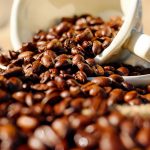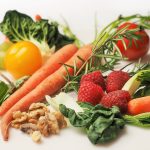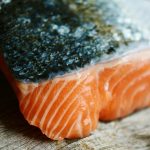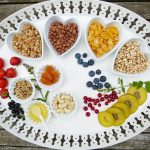In the ever-evolving landscape of nutrition and health, understanding the nutritional content of our meals is paramount. Among the various components that make up our dietary intake, protein stands out for its critical role in muscle repair, growth, and overall bodily functions. This brings us to one of the most commonly consumed sources of high-quality protein: chicken breast. Specifically, a 6 oz serving of chicken breast has become a staple in the diets of athletes, fitness enthusiasts, and anyone looking to maintain a healthy lifestyle. But how much protein does this particular portion size actually offer?
In this comprehensive article, we will delve deep into the nutritional profile of a 6 oz chicken breast, focusing on its protein content. Our analysis is backed by scientific research and expert insights, ensuring that you receive accurate and trustworthy information. Whether you’re looking to optimize your protein intake for muscle building, weight loss, or maintaining a balanced diet, understanding the protein contribution of this lean meat will prove invaluable. We will also explore how this fits into your daily nutritional needs, how it compares with other protein sources, and provide practical tips for incorporating it into your meals.
Curious to discover the protein power packed in a 6 oz chicken breast and how it can benefit your health and fitness goals? Stay with us as we uncover the facts, debunk common myths, and provide you with actionable advice to make the most out of this versatile and nutritious food item. Join us on a journey to better health through better knowledge, starting with the protein content of a 6 oz chicken breast.
Overview of Protein’s Role in Health and Diet
Protein is a macronutrient that contains nitrogen and is comprised of smaller units called amino acids. It provides 4 calories per gram and plays various critical roles in your health and body composition. Make sure to get enough protein in your diet!
Introduction to Chicken Breast as a Preferred Lean Protein Source
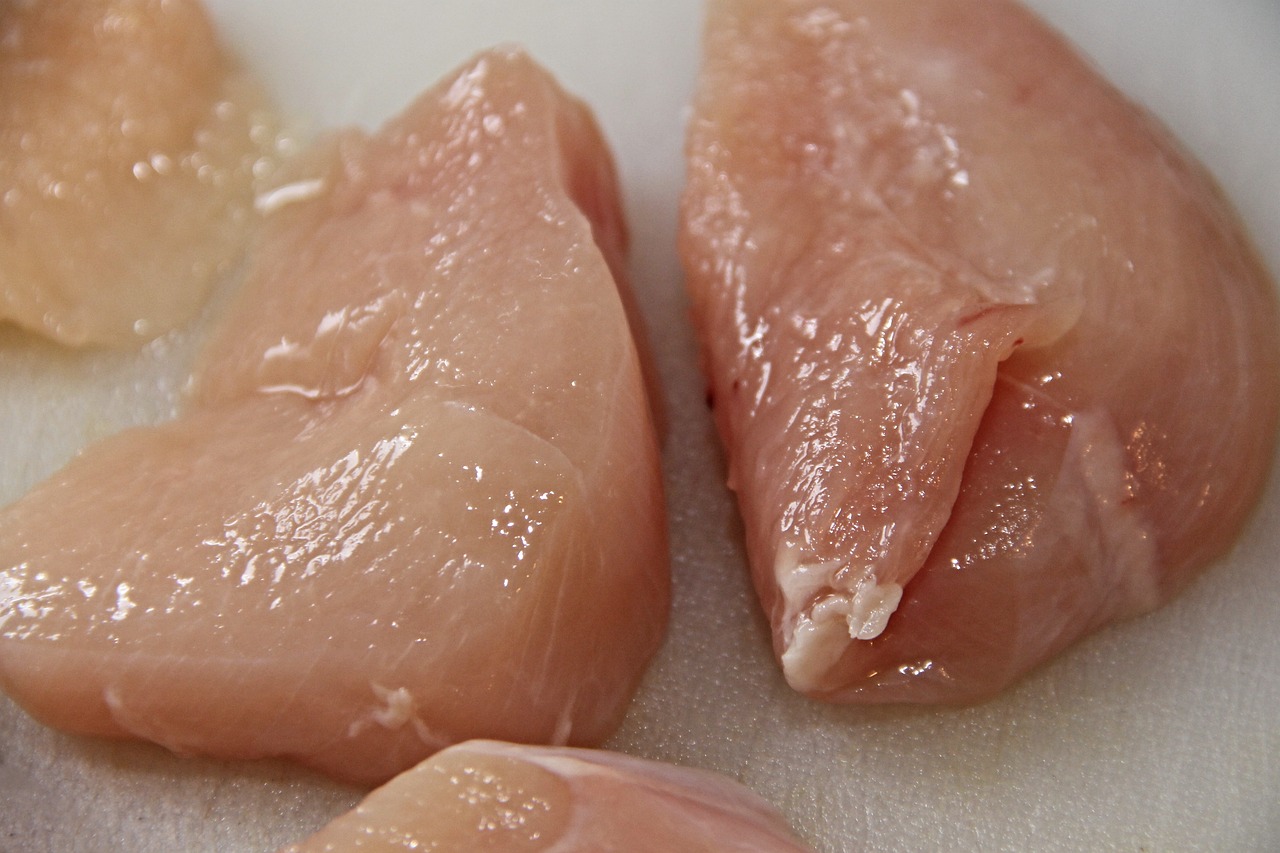
Chicken breast is considered one of the best sources of protein because it provides a high protein-to-fat ratio and is extremely versatile. Chicken breast contains all nine essential amino acids that adults need from dietary sources. It is an affordable, widely available lean protein that is easy to prepare and enjoy as part of a nutritious eating plan.
Nutritional Profile of a 6 oz Cooked, Boneless, Skinless Chicken Breast
Let’s examine the full nutritional breakdown of a 6 ounce cooked chicken breast with no skin or bones:
| Nutrient | Amount | % Daily Value |
| Calories | 165 | |
| Total Fat | 3.5 g | 5% |
| Saturated Fat | 1 g | 5% |
| Cholesterol | 85 mg | 28% |
| Sodium | 70 mg | 3% |
| Potassium | 190 mg | 4% |
| Total Carbohydrate | 0 g | 0% |
| Protein | 35 g | 70% |
As you can see, a 6 ounce chicken breast is low in fat and carbs but provides a whopping 70% of the daily recommended protein intake. It also contains smaller amounts of vitamins and minerals like niacin, vitamin B6, phosphorus, and selenium.
Now that you know the impressive nutritional stats, let’s discuss the best cooking methods and their impacts.
Cooking Methods and Their Impact on Nutritional Value
Chicken breast can be prepared in various ways, but the cooking method affects its protein content and nutritional value.
Here is a comparison of common cooking techniques:
- Grilling – Causes minimal protein loss. Provides great flavor with little added fat or calories.
- Boiling – Can lead to some protein denaturing and vitamin loss due to water soluble nutrients leaching out.
- Baking – Retains nutrients well if not overcooked. Provides a lower fat alternative to frying.
- Frying – Adds significant calories from oil. Can destroy heat-sensitive vitamins and promote formation of harmful compounds.
For maximum nutrition, boiling and especially deep frying should be minimized. Lightly baked or grilled chicken breast retains the highest protein quality.
Protein Quality and Amino Acid Profile
The protein in chicken breast contains the complete amino acid profile adults need. Here are some key facts:
- High in leucine, lysine, and other essential amino acids required from food.
- Contains all 9 essential amino acids in proper ratios for humans.
- Provides the most bioavailable form of protein compared to plant sources like beans or nuts.
- Chicken protein contains the amino acid cysteine, which enhances the body’s synthesis of the antioxidant glutathione.
In summary, chicken breast protein provides a complete, high-quality protein source that confers numerous potential health perks!
Comparison with Other Protein Sources
How does chicken breast stack up against other high protein foods like beef, fish, vegetarian options, and Greek yogurt?
| Food | Protein Per Ounce | Fat Per Ounce | Calories Per Ounce |
| Skinless Chicken Breast | 7 g | 1.5 g | 49 |
| Sirloin Steak | 7 g | 3.5 g | 60 |
| Salmon | 6 g | 2.5 g | 45 |
| Firm Tofu | 6 g | 2.5 g | 36 |
| Cooked Lentils | 5 g | 0.25 g | 37 |
| Nonfat Greek Yogurt | 5 g | 0 g | 23 |
Chicken breast provides an excellent protein-to-calorie ratio and is lower in fat than most animal protein sources. However, incorporating a variety of lean proteins like seafood, low-fat dairy, beans, and nuts can provide dietary diversity.
Health Benefits and Potential Concerns
Consuming boneless, skinless chicken breast as part of a balanced diet confers many benefits with few drawbacks.
Benefits
- Helps build and preserve lean muscle mass.
- Promotes satiety and weight management.
- Provides high-quality protein needed for strength training.
- May support heart health when eaten in moderation as a lean protein source.
Potential Concerns
- High intake combined with low produce consumption may increase cancer risk.
- Frequent charring or smoking may form carcinogenic compounds.
- Risk of foodborne illness if undercooked or poorly handled.
Overall, chicken breast offers great nutritional upside for most people. Just be mindful of preparation, portion size, and eating plenty of fiber-rich fruits and vegetables!
Dietary Considerations
Chicken breast can be incorporated into many popular dietary patterns and lifestyles:
- Ketogenic diets – Chicken provides needed protein while limiting carbs. Avoid breaded or sauced versions.
- Low-fat diets – Focus on lean cuts without skin or breading to minimize fat and calories.
- Intermittent fasting – Chicken breast sustains satiety and energy while fasting due to its high protein content.
- Meal prepping – Cook in bulk and portion into containers to meal prep high protein lunches and dinners.
- Mediterranean diet – Enjoy boneless, skinless chicken breast in moderation along with produce, whole grains, and seafood.
Chicken breast is incredibly versatile, whether your diet is low-carb, plant-based, or anything in between! It can be adapted to suit your individual needs.
Sustainability and Ethical Considerations
With growing awareness of sustainability in food production, it’s important to be a conscientious consumer when purchasing chicken:
- Choose free-range and organic whenever possible. This promotes better animal welfare and environmental practices.
- Consider buying from local farms that engage in more sustainable approaches. This cuts down on carbon emissions from transport.
- Opt for hormone-free chicken from providers that avoid excessive growth promoters and antibiotics.
- Check out certifications like Certified Humane that verify responsible farming methods were used.
While a little pricier, ethically sourced chicken promotes better lives for the animals, environment, and farmers.
Recipes and Serving Suggestions
Chicken breast adapts wonderfully to all types of cuisines and cooking methods. Here are some healthy recipes and serving ideas:
- For Mexican flavors, top with salsa, beans, avocado and shredded lettuce in tacos or burrito bowls.
- Stir-fries with broccoli, bell peppers, carrots, and teriyaki or stir-fry sauce make flavorful, nutritious Asian meals.
- Chicken sandwiches and wraps are easy portable meals. Avoid heavy sauces and opt for veggies and mustard or hummus.
- For Italian meals, enjoy crusted chicken breast with roasted vegetables and marinara over whole wheat pasta.
- Dice and add to salads, grain bowls, soups, and casseroles for extra satiating protein.
Get creative with seasonings, spices, and global flavors! Chicken breast takes well to practically any cuisine.
Storage and Safety Tips
Properly storing and handling raw chicken is crucial for health and safety:
- Store raw chicken breast on the bottom shelf of the refrigerator to prevent juices from dripping on other foods.
- Freeze if not using within 2 days. It will keep for up to 9 months frozen. Defrost in the refrigerator, not on the counter.
- Wash hands and disinfect any surfaces that have touched raw chicken to avoid cross-contamination.
- Use separate cutting boards and utensils for raw chicken and cooked foods.
- Cook to an internal temperature of at least 165°F to kill any harmful bacteria.
Following safe food prep and storage methods helps reduce the risk of foodborne illnesses. Take care when handling raw chicken!
Conclusion
Chicken breast is prized for its stellar nutrition stats, especially its high protein content with lesser amounts of fat and carbs compared to other animal proteins. It provides a cost-effective and convenient way for adults to meet daily protein needs. Chicken breast offers health-promoting amino acids, vitamins, and minerals. Include it as part of a balanced diet with plenty of produce, whole grains, healthy fats and other lean proteins. Choose boneless, skinless breasts and prepare using lower fat cooking methods like grilling or baking. With responsible sourcing and safe handling, chicken breast can be a regular part of a nutritious, sustainable diet.
Susan Muskat is a professional chef with over 25 years of experience in the culinary industry. After working in some of the most prestigious restaurants in the world, she opened her own restaurant, Moose and Sadie’s, which quickly became a local favorite. Susan is also the author of a blog all about recipes, guidelines, cooking tips, and knowledge from professional chefs. She loves nothing more than sharing her passion for food with others.




